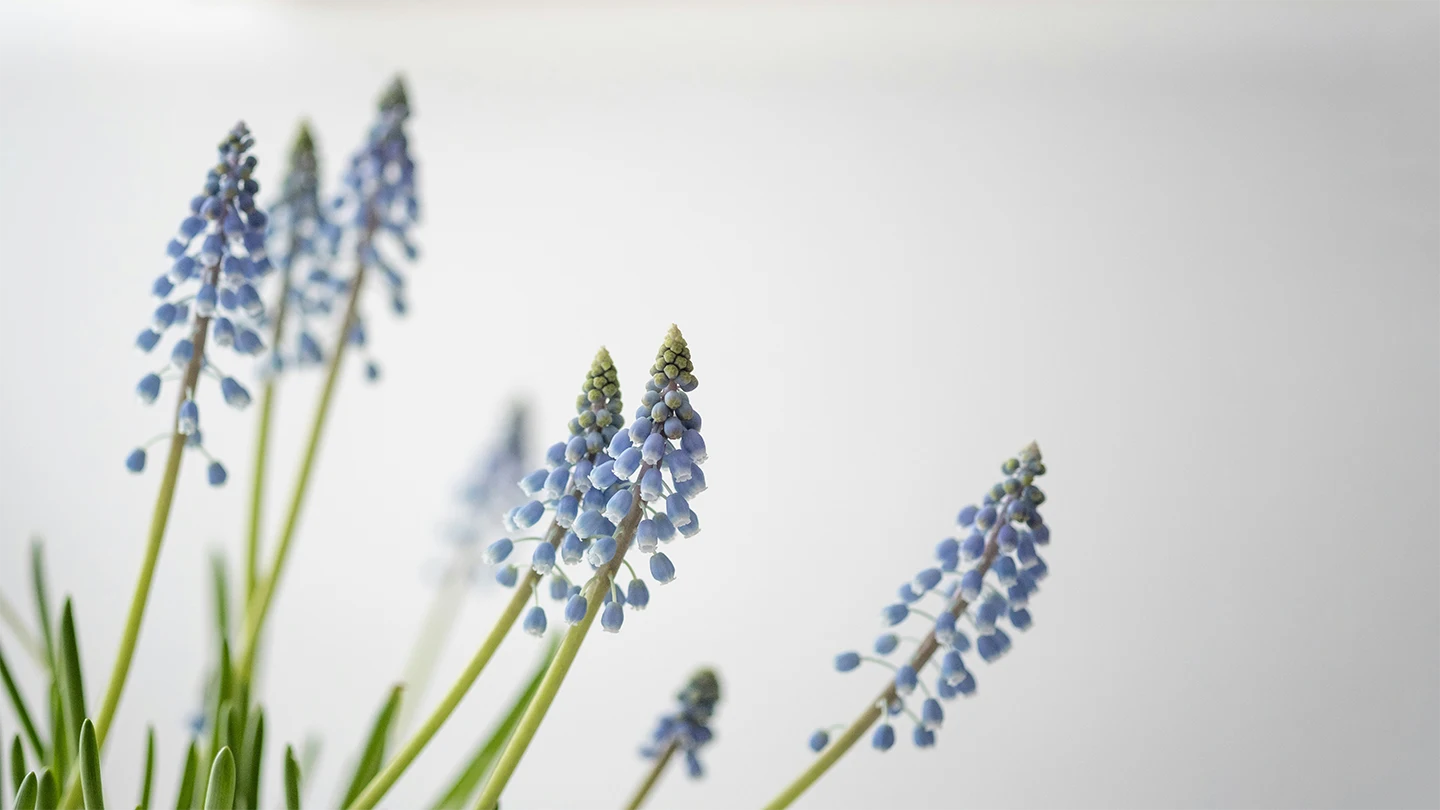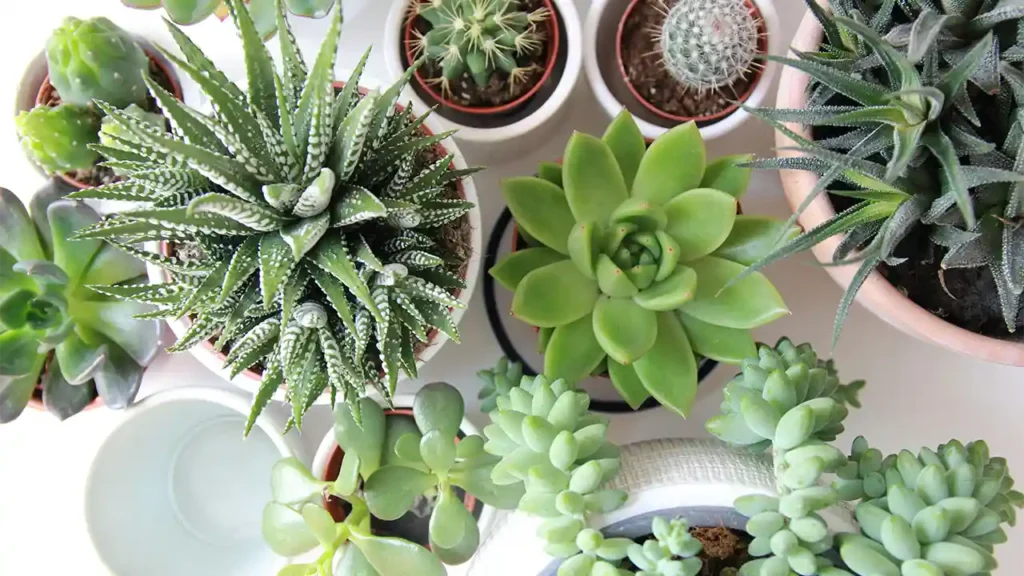Your cart is currently empty!

Spring hyacinths are one of the most beloved signs that winter is ending and warmer days are on the way. Known for their dense, fragrant flower spikes and vibrant colors, hyacinths can fill gardens, balconies, or window boxes with beauty and perfume. These bulbs, typically planted in autumn, thrive in well-drained soil and sunny to partially shaded spots. When spring arrives, they burst forth with blooms in shades of pink, purple, white, yellow, and blue, offering a cheerful display that’s hard to miss.
Caring for hyacinths is relatively simple, making them a favorite even among beginner gardeners. After planting the bulbs in fall, it’s important to cover them with mulch to protect them from frost. Once they emerge in spring, regular watering (but not overwatering) will keep them healthy. As the flowers fade, resist cutting back the leaves too soon — they help the bulbs store energy for next year. You can also grow hyacinths indoors by “forcing” the bulbs in pots, which lets you enjoy their blooms even earlier in the season.
Hyacinths not only add color but also bring a strong, sweet scent to any space, making them a favorite for cut flower arrangements. However, it’s good to handle them with care: the bulbs contain substances that can irritate the skin, so wearing gloves when planting or dividing is recommended. Whether you’re planting them in garden beds, mixing them with other spring bulbs like daffodils and tulips, or arranging them in pots by the front door, hyacinths reward you with an unforgettable spring display.
Choosing and Planting Hyacinth Bulbs
Selecting quality bulbs is the first step toward a successful hyacinth display. Look for firm, plump bulbs without soft spots or signs of mold. Larger bulbs typically produce larger flower spikes, so investing in top-grade bulbs can make a visible difference in your garden. When planting, space the bulbs about 4–6 inches apart and bury them 4–6 inches deep. Good drainage is crucial — if the soil stays too wet, the bulbs may rot over winter.

If you’re planting in containers, make sure they have drainage holes, and use a well-draining potting mix. Place the pots in a cool, dark place for several weeks to let the bulbs establish roots before moving them to a brighter, warmer area to encourage blooming. This process mimics the natural winter-to-spring transition and ensures a fuller, healthier bloom when the time comes.
Plants bring life to our homes and remind us that growth takes patience, care, and a touch of sunlight.
— Robot Fox
Hyacinth Care After Blooming
Once your hyacinths have finished blooming, it’s important to care for the bulbs properly to enjoy flowers again next spring. Cut off the spent flower spikes, but leave the leaves intact until they yellow and wither naturally — this allows the bulbs to gather and store energy. In the garden, you can leave the bulbs in place, though lifting and dividing them every few years helps maintain vigorous growth.
For container-grown hyacinths, you can either plant them in the ground after the blooms fade or store the bulbs in a cool, dry place until next fall. Keep in mind that forced hyacinths sometimes struggle to rebloom the following year, but with patience and good care, they often bounce back. With the right approach, your spring hyacinths can provide beauty and fragrance for years to come.
Tags:
Share:
Leave a Reply